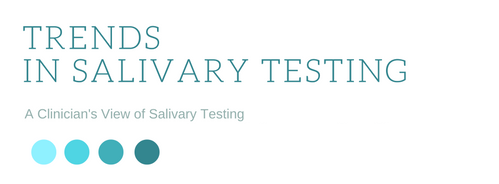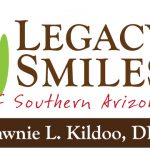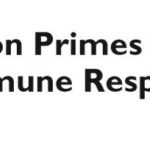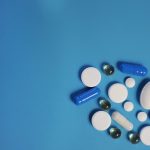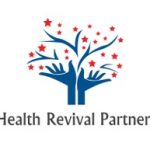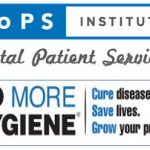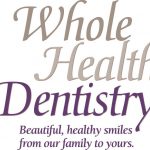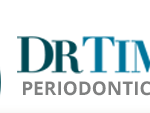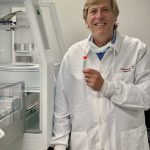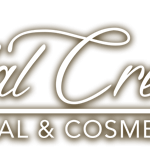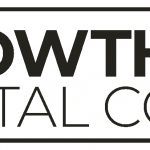
As we all begin to live out the new normal triggered by the current pandemic, one thing that will never go back to normal is peoples’ views on the importance of health. COVID-19 has been a wake-up call for many. There is a collective sense of the need to assess health, contemplating areas and practices we can improve and what we can do to prevent illness and disease in our bodies. As dental providers, the timing is right to capitalize on this movement towards health and wellness.
Now is the...
Read More
